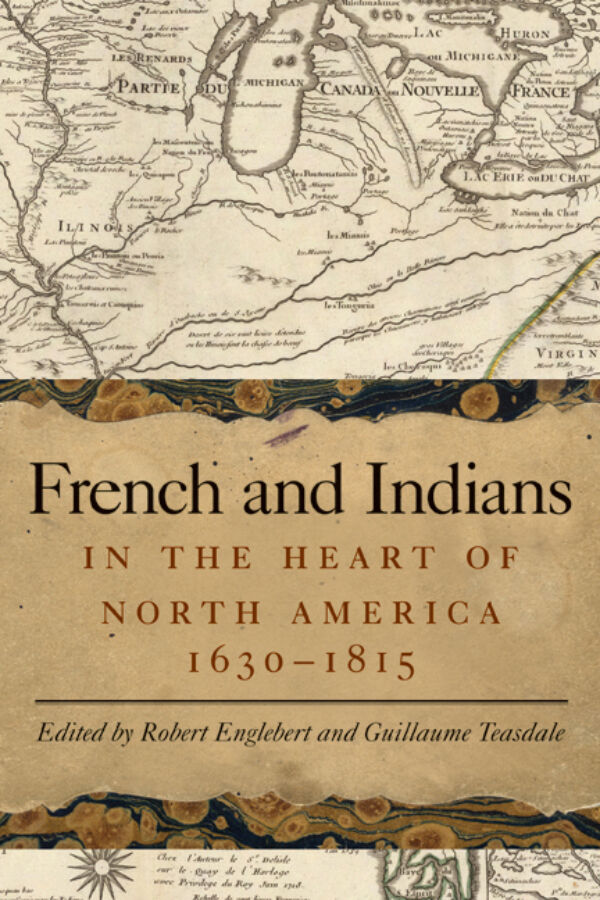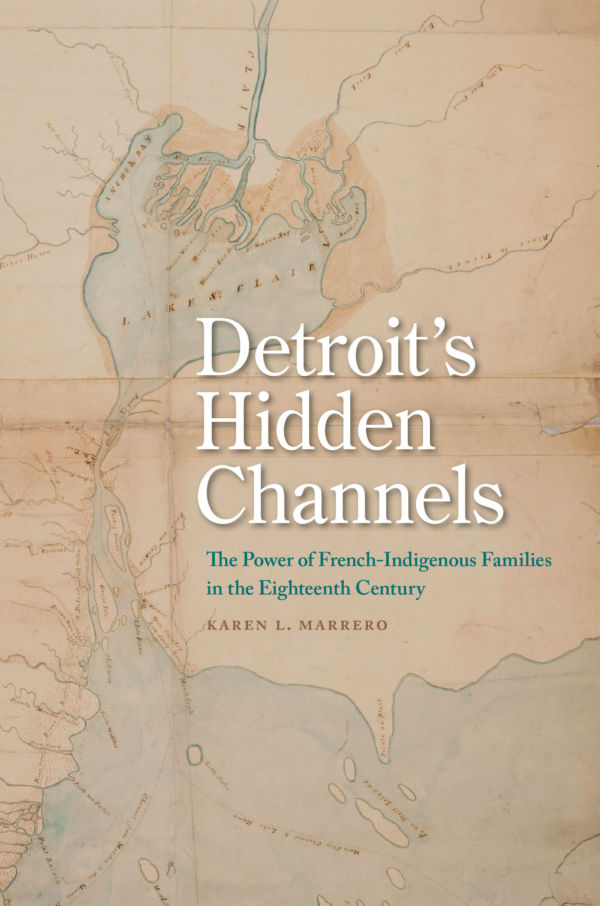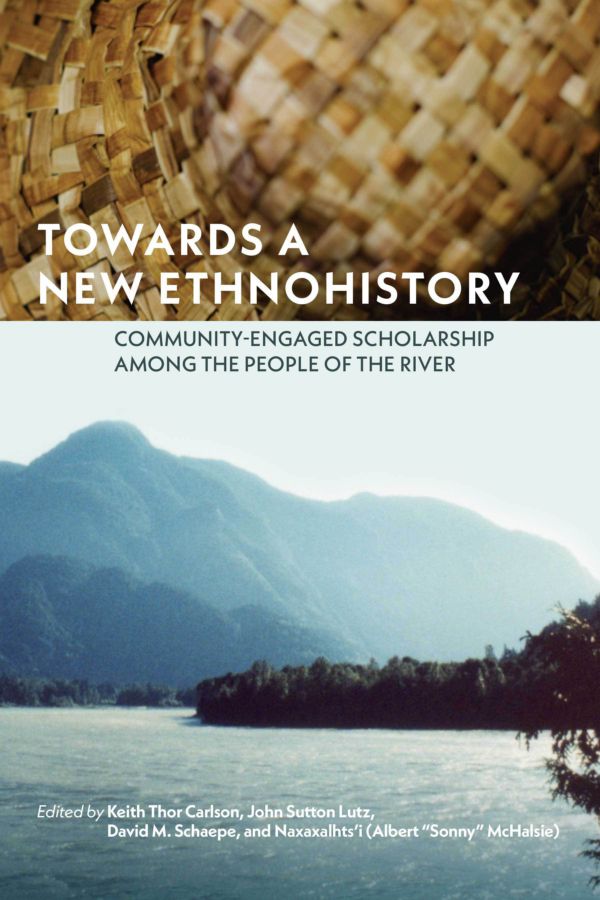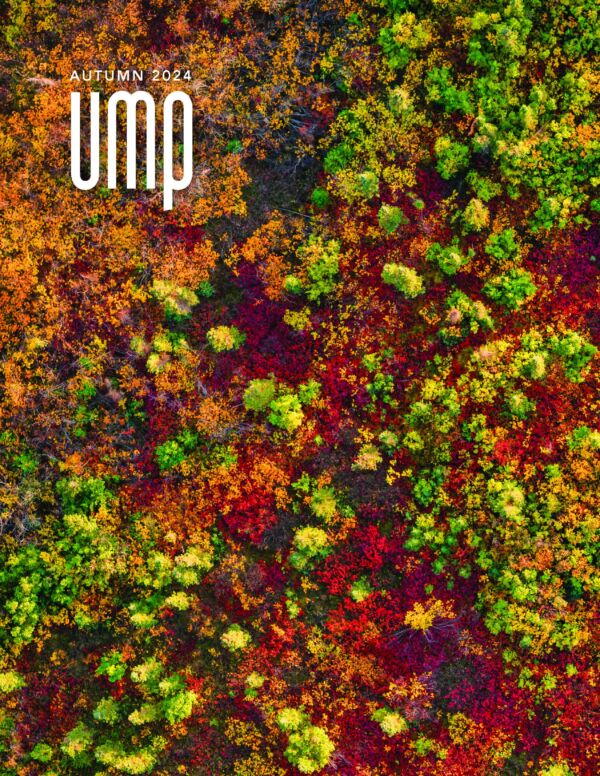Overview
In the past thirty years, the study of French-Indian relations in the center of North America has emerged as an important field for examining the complex relationships that defined a vast geographical area, including the Great Lakes region, the Illinois Country, the Missouri River Valley, and Upper and Lower Louisiana. For years, no one better represented this emerging area of study than Jacqueline Peterson and Richard White, scholars who identified a world defined by miscegenation between French colonists and the native population, or métissage, and the unique process of cultural accommodation that led to a “middle ground” between French and Algonquian. Building on the research of Peterson, White, and Jay Gitlin, this collection of essays brings together new and established scholars from the United States, Canada, and France to move beyond the paradigms of the middle ground and métissage. Capturing the complexity and nuance of relations between French and Indians in the heart of North America from 1630 to 1815, the authors examine a number of thematic areas that provide a broader assessment of the historical bridge-building process, including ritual interactions, transatlantic connections, diplomatic relations, and post–New France French-Indian relations.
Reviews
This fascinating and important book features cutting-edge research on French-Native relations by many of the field’s leading lights. Ranging widely to encompass cultural, environmental, economic, and legal histories of the early American encounter, these essays demonstrate the inseparability of Native and French societies in the Great Lakes region. A must-read for historians of Native America, early America, and French colonialism.
Brett Rushforth, author of Bonds of Alliance: Indigenous and Atlantic Slaveries in New France
This book unites new and established scholars in an interrogation of the nature and meanings of French and indigenous encounters in the heart of the North American continent.
Emilie Pigeon, Histoire Social / Social History
This collection will compel scholars to look anew at this vital region and put French-Indian relations at the heart of emerging narratives of early North America.
Michael A. Mc Donnell, University of Sydney
About the Authors
Other contributors: Arnaud Balvay, Gilles Havard, Kathryn Magee Labelle, Robert Michael Morrissey, Christopher M. Parsons, John Reda, Nicole St-Onge, Richard Weyhing
Table of Contents
Introduction / Ch. 1: “Faire la chaudière”: The Wendat Feast of Souls, 1636, by Kathryn Magee Labelle / Ch. 2: Natives, Newcomers and Nicotiana: Tobacco in the History of the Great Lakes, by Christopher M. Parsons / Ch. 3: The Terms of Encounter: Language and Contested Visions of French Colonization in the Illinois Country, 1673-1702, by Robert Michael Morrissey / Ch. 4: “Gascon Exaggerations”: The Rise of Antoine Laumet (dit de Lamothe, Sieur de Cadillac), the Foundation of Colonial Detroit, and the Origins of the Fox Wars, by Richard Weyhing / Ch. 5: “Protection” and “Unequal Alliance”: The French Conception of Sovereignty over the Indians in New France, by Gilles Havard / Ch. 6: The French and the Natchez: A Failed Encounter, by Arnaud Balvay / Ch. 7: From Subjects to Citizens: Two Pierres and the French Influence on the Transformation of the Illinois Country, by John Reda / Ch. 8: Blue Beads, Vermilion, and Scalpers: The Social Economy of the 1810-1812 Astorian Overland Expedition’s French-Canadian Voyageurs, by Nicole St-Onge









